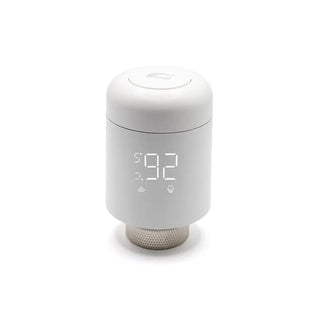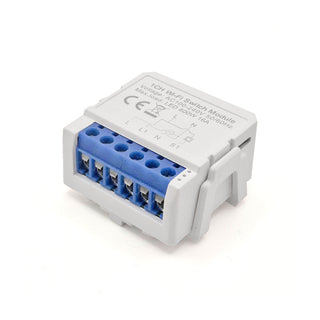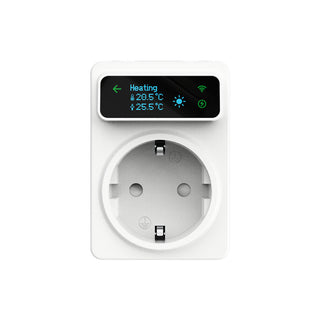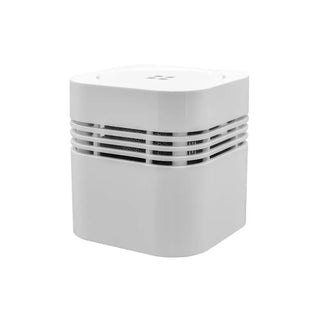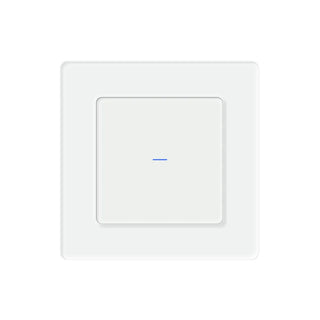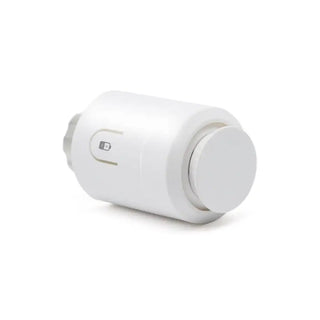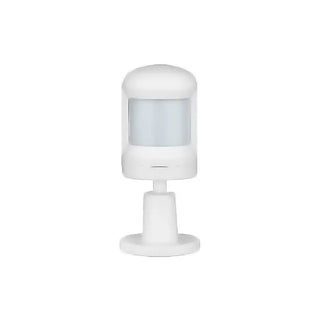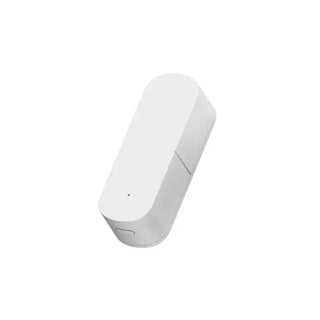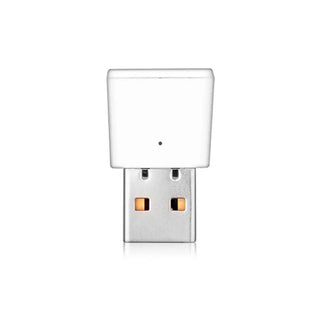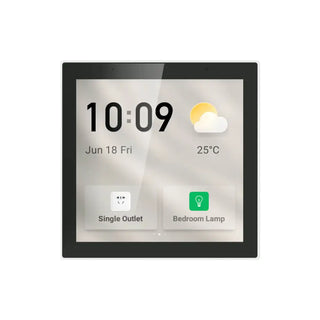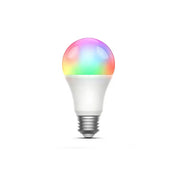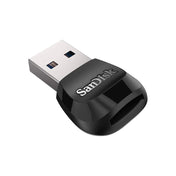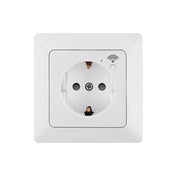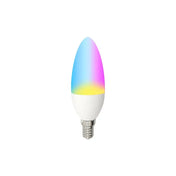
Wi-Fi in the Smart Home
Wi-Fi is the most widely used wireless standard in the smart home and forms the basis for most of our devices. Since almost every household already has a Wi-Fi network, smart devices can be easily integrated and controlled directly via the "Smart Life" app – without any additional central unit or gateway.
A major advantage of Wi-Fi is its high range and speed, which enable a stable connection and fast response times. Furthermore, devices can be controlled worldwide via the cloud, so you always have access to your smart home, even when you're on the go. Installation is also particularly easy, as it only uses your existing Wi-Fi network.
A minor drawback is that many Wi-Fi devices can increase the network load. With a very large number of connected devices, it is therefore advisable to consider additional routers or repeaters to ensure consistently good performance.
WLAN devices from Siro
View all
ZigBee in the Smart Home
ZigBee is an energy-efficient wireless standard specifically designed for smart home devices. It enables the networking of many components via a so-called mesh network: Each ZigBee device can forward signals, so the range steadily increases throughout the entire house. This makes ZigBee particularly suitable for larger installations with many devices.
A major advantage is the low power consumption – many ZigBee sensors run for years on a single battery. Furthermore, the connection is very stable, as the mesh network automatically adapts and redirects failures via other routes.
As a minor drawback, a ZigBee gateway is usually required for operation, which acts as a control center.
ZigBee devices from Siro
View all
Bluetooth in the Smart Home
Bluetooth is best known for direct communication between devices over short distances. In smart homes, it is particularly suitable for smart locks or control devices that you can conveniently operate via smartphone. The advantages include fast pairing, a stable direct connection, and low energy consumption.
Thanks to the widespread use of Bluetooth in smartphones, no additional hardware is needed – you can simply control your devices directly. Setup is usually very straightforward as well.
One disadvantage is the relatively short range. For larger apartments or houses, Bluetooth is therefore often only useful in combination with other wireless standards.





